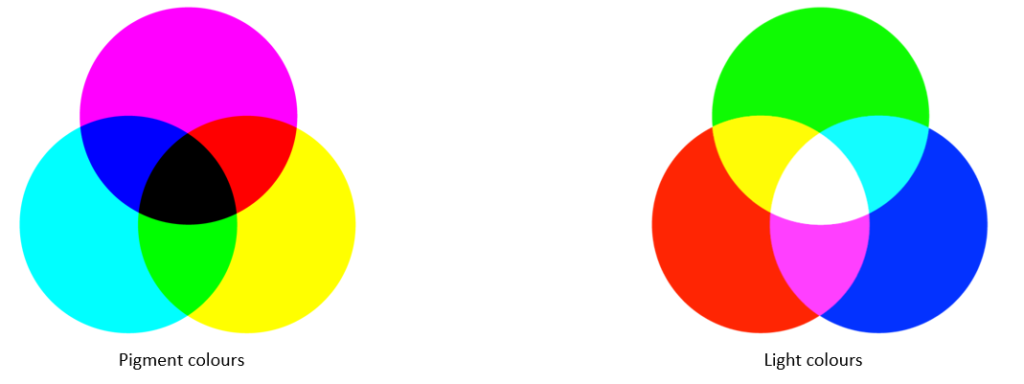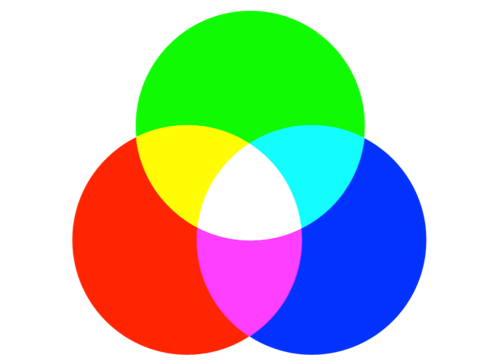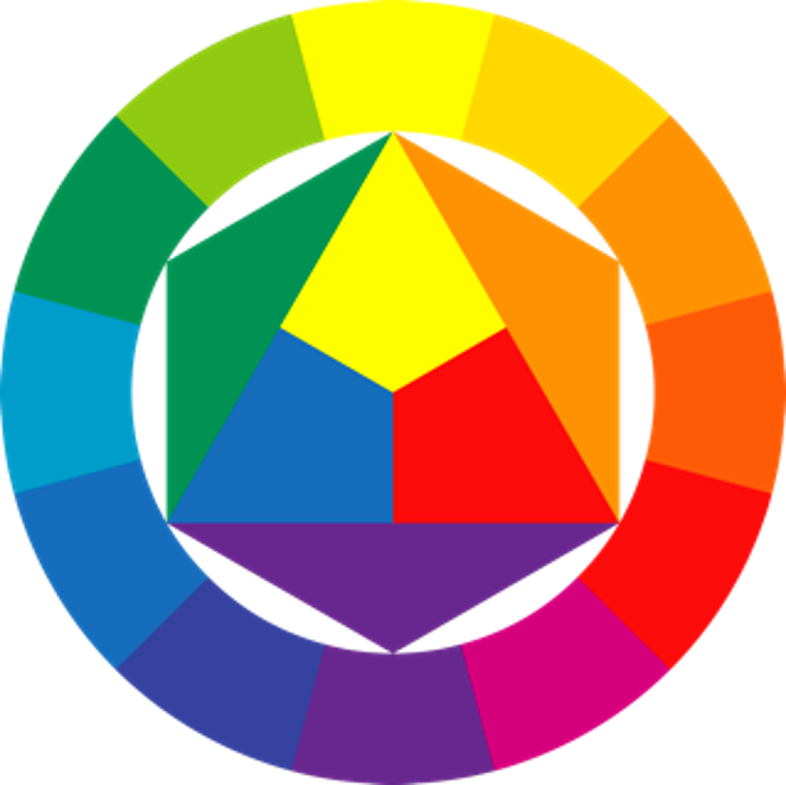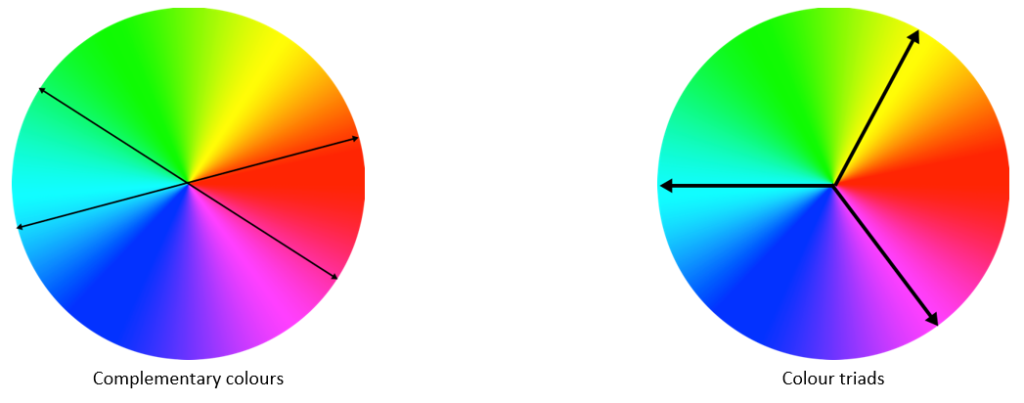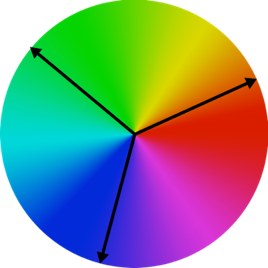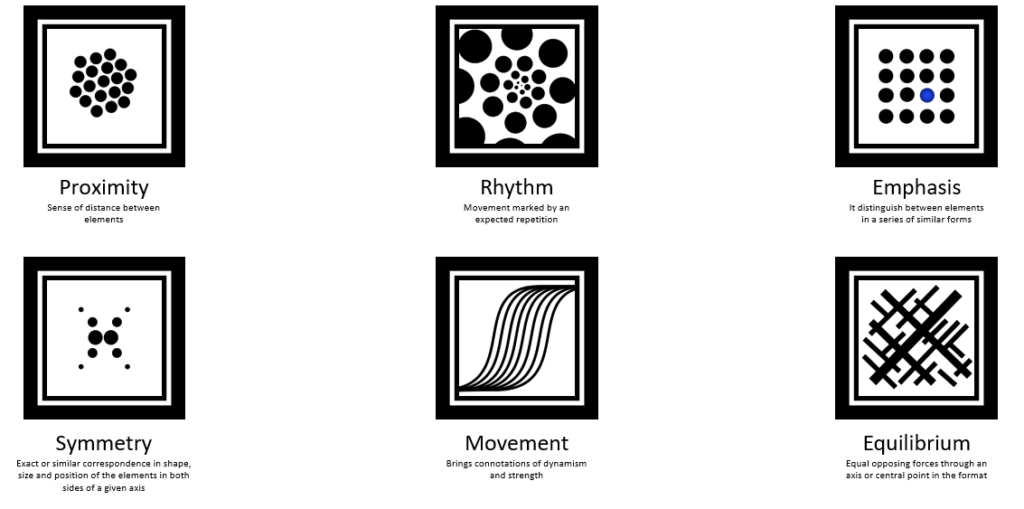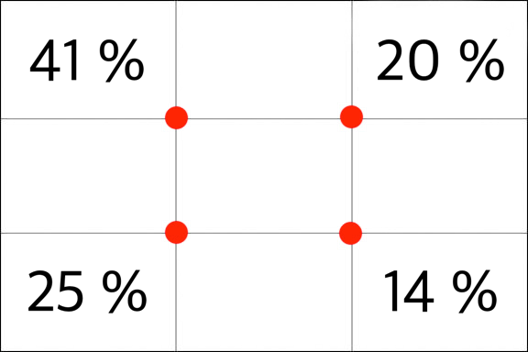Black – Absence of light. It is the colour of prestige, courage and silence. It expresses nobility and elegance, seduction and mystery.
White – Presence of light. It represents life and purity. It expresses cleanliness, goodness, simplicity, gentleness, lightness, youth, peace, happiness, innocence, triumph and glory.
Purple – Associated with wisdom and respect. Its meaning is very much related to the spiritual and psychic world. It suggests abundance, intelligence, religiosity, dignity, tranquillity, mystery, aristocracy and passion.
Blue – It is associated with water and tranquillity. The feeling of placidity that blue causes is different from the calm of green. It expresses confidence, sincerity, commitment, professionalism, responsibility, fidelity, serenity, comfort and harmony.
Green – It’s the most peaceful and relaxing colour. It represents nature, health and life itself. It is associated with money, growth, abundance, fertility and freshness.
Yellow – It’s the brightest and most expansive. It is the colour of sun and light, violent, huge and intense. It expresses danger and caution. It can also reflect joy,optimism, modernity, enthusiasm, fun, strength, childhood, youth and luxury.







